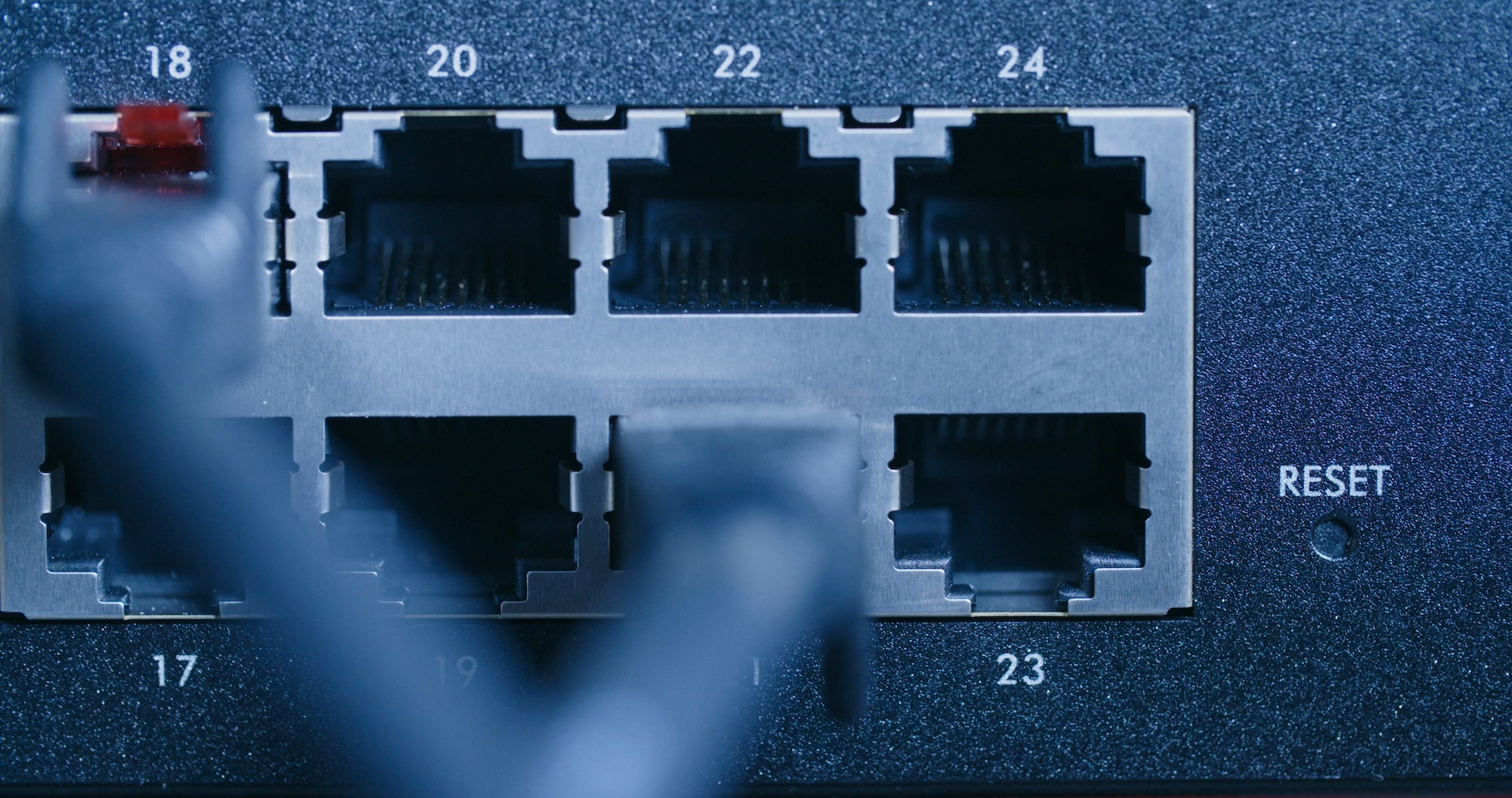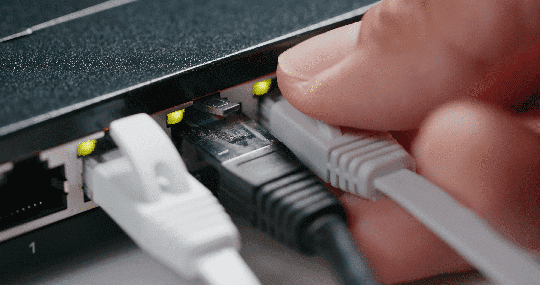A Comprehensive Guide to Ethernet Switch Types
Understanding Ethernet Switches: A Comprehensive Guide
Ethernet switches are vital components of modern computer networks, ensuring efficient communication between connected devices. In this article, we’ll explore what an Ethernet switch is, how it differs from a hub, and the distinctions between various types of switches, such as managed vs. unmanaged, Layer 2 (L2) vs. Layer 3 (L3) switches, and Power over Ethernet (PoE) switches. We’ll also look at Data General’s range of switches to help you select the right one for your network needs.
What Is an Ethernet Switch?
An Ethernet switch is a hardware device that connects multiple devices within a local area network (LAN), allowing them to communicate and share data. Switches are responsible for directing data packets to their intended destinations by analyzing the device’s Media Access Control (MAC) addresses. Unlike simpler network devices, switches manage traffic efficiently by ensuring data is only sent to the correct recipient, preventing unnecessary data transmission to all devices on the network.
Switches play a critical role in creating more efficient, secure, and high-performing networks, making them indispensable in both home and business environments.
Difference Between a Switch and a Hub
At first glance, a switch and a hub might seem similar because both connect multiple devices on a network. However, there are key differences in how they manage network traffic:
-
Hub: A hub is a basic network device that broadcasts data to all connected devices, regardless of the intended recipient. This can lead to inefficiencies and network congestion, as every device receives all the data, whether it’s relevant to them or not.
-
Switch: Unlike a hub, a switch intelligently forwards data only to the device it’s intended for. It reads the MAC addresses of connected devices, ensuring data is sent directly to the correct recipient. This leads to faster, more efficient, and more secure data transmission.
In summary, while hubs indiscriminately share data with all devices, switches ensure that data is directed only to the appropriate device, improving overall network performance.

Difference Between Managed and Unmanaged Switches
When choosing an Ethernet switch, one of the key considerations is whether to opt for a managed or unmanagedswitch. Here’s the difference:
-
Unmanaged Switches: These are plug-and-play devices that require little to no configuration. They are ideal for small networks where advanced features like traffic control, monitoring, or custom configurations are not needed. Unmanaged switches are cost-effective and straightforward but lack the flexibility and control of managed switches.
-
Managed Switches: Managed switches offer advanced features, allowing administrators to control, configure, and monitor the network. They provide the ability to prioritize traffic, create virtual LANs (VLANs), and implement security policies. Managed switches are suitable for larger networks or environments with complex data flows where control and performance optimization are crucial.
Choosing between managed and unmanaged switches depends on the complexity of your network. For simple home or small office setups, an unmanaged switch may suffice. However, for larger or more dynamic networks, a managed switch offers the flexibility and control necessary for optimal performance and security.
Difference Between Managed Layer 3 and Layer 2 Switches
Managed switches can be classified into Layer 2 (L2) and Layer 3 (L3) based on their functionality within the OSI model of networking.
-
Layer 2 Switches: L2 switches operate at the data link layer, focusing on MAC addresses to forward data between devices. They handle traffic within the same network or VLAN but cannot route traffic between different networks. These switches are ideal for handling internal network traffic.
-
Layer 3 Switches: L3 switches operate at both the data link layer and the network layer, meaning they can route data between different networks, much like a router. They are capable of using IP addresses for routing traffic, making them suitable for larger, more complex networks that need inter-VLAN routing or routing between different subnets.
In essence, L2 switches are ideal for managing traffic within a single network, while L3 switches are better for environments where multiple networks need to communicate with each other.

What is a PoE Switch?
PoE (Power over Ethernet) switches are specialized switches that not only transmit data but also deliver power to connected devices over the same Ethernet cable. This eliminates the need for separate power supplies, making installation simpler and more cost-effective, especially for devices like Wi-Fi access points, IP cameras, VoIP phones, and IoT devices.
PoE switches come in two common standards:
- PoE (802.3af): Delivers up to 15.4 watts of power per port.
- PoE+ (802.3at): Delivers up to 30 watts of power per port, supporting devices that require more power.
PoE switches are widely used in environments where devices need to be installed in hard-to-reach places, such as ceilings or walls, where running separate power cables would be impractical.
Data General Ethernet Switches
Data General offers a comprehensive range of Ethernet switches, catering to diverse network needs. Whether you require simple, cost-effective switches or high-performance devices with advanced features, Data General’s switchesare designed to deliver seamless connectivity, high reliability, and efficient network management.
With switches that support both FAT (Fully Autonomous Terminal) and FIT (Flexible Intelligent Thin) modes, Data General provides flexibility depending on the network’s needs. Whether you’re setting up a small business network, managing a complex enterprise infrastructure, or powering devices with PoE, Data General has the right switch for you.
Some key features of Data General switches include:
- Advanced security features to protect against unauthorized access.
- High-performance capabilities for managing heavy network traffic.
- PoE options for simplified installation of devices like access points and IP cameras.
- Cloud-managed switches for centralized, easy-to-control network management.
Explore Data General’s switches here to find the best solution for your network.
Contact Data General
If you have any questions about which switch is best for your network, or if you need expert guidance, feel free to reach out to Data General’s team. Our experts are available to help you choose the right product for your needs. Visit our contact page here to get in touch with us today.
